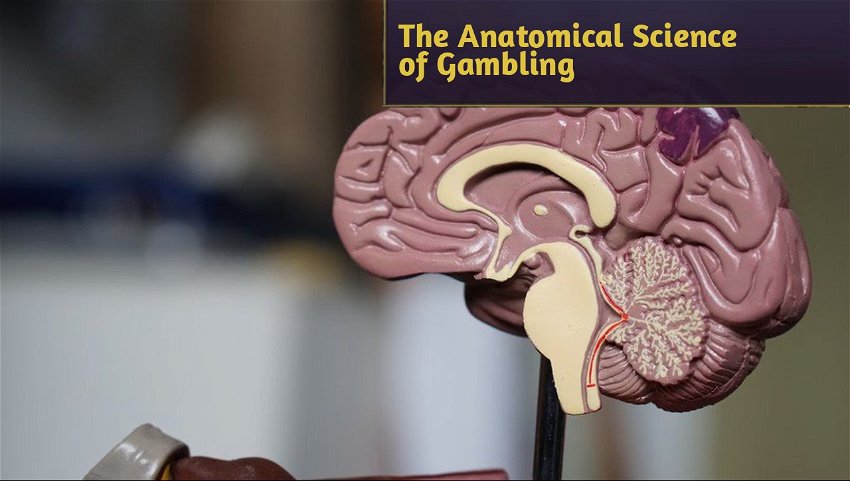Gambling, like slot games or any of the myriad of table games out there, has fascinated humanity for centuries, offering a unique blend of thrill, anticipation, and uncertainty. While often seen as a game of chance, there is a deeper level of complexity underlying the human brain's response to gambling. In recent years, neuroscientists have turned their attention to studying the anatomical science of gambling, unraveling the intricate neural processes that underpin risk-taking behavior. In this article, we will explore the fascinating discoveries that shed light on how our brains respond to the allure of gambling.
The Reward Circuitry
At the heart of the anatomical science of gambling lies the brain's reward circuitry. This network involves several key regions, including the ventral striatum, prefrontal cortex, and mesolimbic pathway. When a person engages in gambling activities, these areas become activated, triggering the release of dopamine, a neurotransmitter associated with pleasure and motivation.
Studies have shown that the anticipation of a potential reward, such as winning a bet, activates the reward circuitry. This activation creates a sense of euphoria and reinforces the desire to continue gambling. In individuals prone to excessive gambling, this reward circuitry can become hypersensitive, leading to addictive behavior.
Risk Assessment and Decision-Making
Another critical aspect of the anatomical science of gambling involves the brain's ability to assess risk and make decisions. The prefrontal cortex, particularly the dorsolateral prefrontal cortex, is heavily involved in these processes. This region evaluates the potential outcomes of a gamble and weighs them against the associated risks.
Research suggests that individuals with stronger connectivity between the prefrontal cortex and the reward circuitry may exhibit more cautious gambling behavior. On the other hand, those with weaker connectivity may be more prone to impulsive decision-making and taking greater risks.
Emotional Regulation
Ad
Emotions play a significant role in gambling behavior, and the amygdala, a brain structure involved in emotional processing, has been implicated in this regard. The amygdala reacts to emotionally charged stimuli, such as the thrill of winning or the frustration of losing. In some individuals, this heightened emotional response can lead to irrational decision-making and impulsive gambling behavior.
Moreover, the interaction between the amygdala and the prefrontal cortex is crucial in regulating emotional responses. Individuals with weaker connectivity between these regions may have difficulty regulating their emotions during gambling, potentially leading to excessive risk-taking.
Cognitive Biases and Illusions
The anatomical science of gambling also sheds light on the cognitive biases and illusions that influence our perception of probabilities and outcomes. The brain is susceptible to biases such as the gambler's fallacy, where individuals believe that past outcomes can predict future results. Additionally, the illusion of control leads gamblers to overestimate their ability to influence outcomes through skill or strategy.
These cognitive biases are rooted in the brain's tendency to seek patterns and impose meaning on random events. Understanding these biases can help us recognize and mitigate their influence, promoting more informed and responsible gambling behavior.
Conclusion
The anatomical science of gambling offers a captivating glimpse into the inner workings of the human brain when faced with risk and uncertainty. By studying the neural mechanisms involved in reward, decision-making, emotional regulation, and cognitive biases, researchers are gaining valuable insights into the complexities of gambling behavior.
While gambling can be a source of entertainment and excitement, it is essential to recognize the potential risks and develop responsible gambling habits. Through continued research and public awareness, we can foster a better understanding of the brain's role in gambling and work towards promoting healthy and informed choices in this realm of human experience.
Ad





— Comments
0Be the first to comment